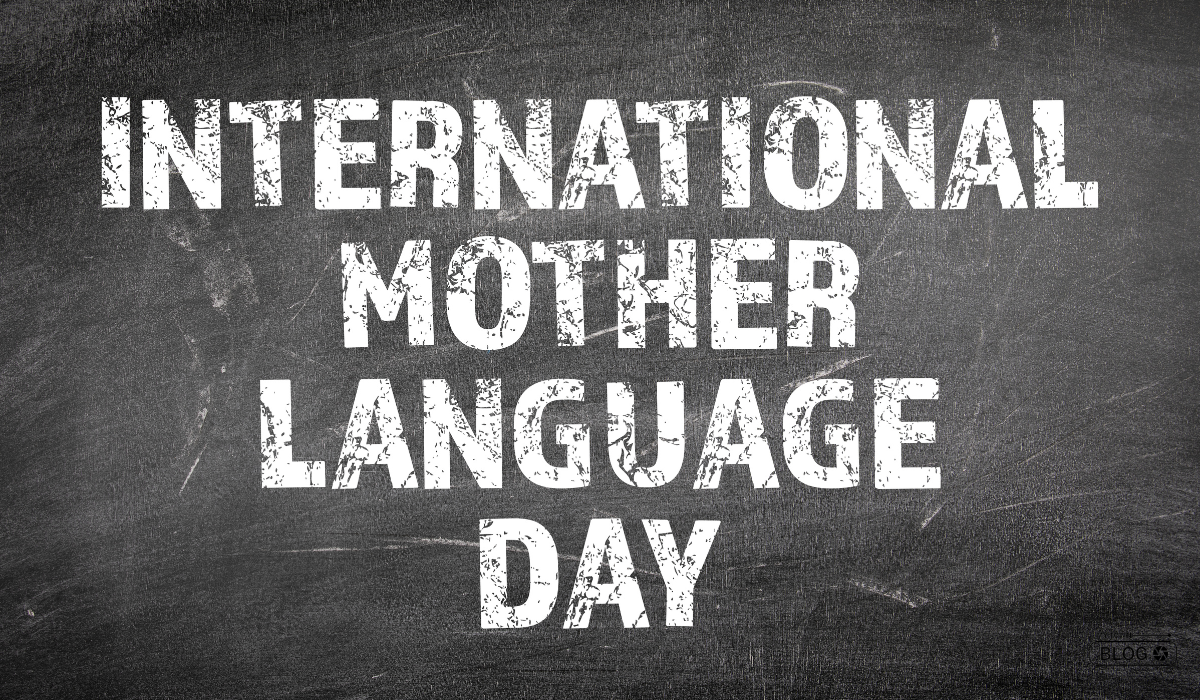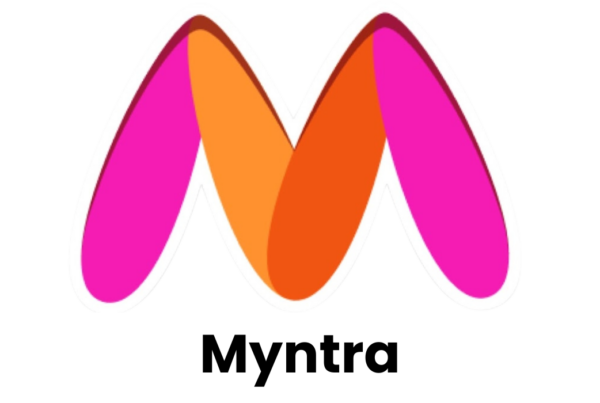International Mother Language Day, observed annually on February 21, is a global celebration that emphasizes the importance of preserving and promoting linguistic diversity. Originating from a historic movement in Bangladesh, this day holds significance as it commemorates the sacrifice of four students who advocated for Bengali to be recognized as the official language. As we approach this special day in 2024, it’s crucial to reflect on the beauty of diverse languages and the need to foster mutual understanding.
Date and History
Every year on February 21, the world comes together to honor International Mother Language Day. The roots of this observance trace back to February 21, 1952, when four students lost their lives advocating for Bengali to be recognized as the official language in Bangladesh. In 1999, UNESCO proclaimed this day during the General Conference, later receiving endorsement from the UN General Assembly.
Significance
The theme for International Mother Language Day 2024 is “Multilingual education – a pillar of learning and intergenerational learning.” This theme underscores the importance of preserving linguistic diversity, which serves as a conduit for traditional knowledge and cultural heritage. In a world where languages are at risk of disappearing, the theme highlights the value of multilingual education. Shockingly, 40% of the global population lacks access to education in their native language, with certain regions exceeding 90%.
The United Nations emphasizes that using learners’ native languages in education leads to better learning outcomes, increased self-esteem, and enhanced critical thinking skills. Additionally, it promotes intergenerational learning and cultural preservation.
The Beauty of Linguistic Diversity
The world is a rich tapestry of languages, cultures, and traditions. India, for example, stands as a testament to linguistic and cultural diversity with its myriad of dialects spoken across the country. While the variety of languages may seem overwhelming, it is a testament to the beauty of global diversity. Each language represents a unique way of thinking, communicating, and understanding the world.
Conclusion
As we celebrate International Mother Language Day in 2024, let us acknowledge and respect the linguistic diversity that enriches our global community. The theme of multilingual education reminds us of the crucial role languages play in preserving cultural heritage and fostering meaningful connections. By embracing and celebrating our languages, we contribute to a world where diversity is cherished, and understanding transcends borders.
FAQs
Why is International Mother Language Day celebrated on February 21?
People observe International Mother Language Day on February 21 to remember four students in Bangladesh in 1952 who sacrificed for advocating Bengali as the official language. This movement eventually raised global awareness about linguistic diversity.
How did International Mother Language Day come into existence?
In 1999, UNESCO proclaimed International Mother Language Day during its General Conference, a decision later endorsed by the United Nations General Assembly. The day aims to promote linguistic diversity and multilingualism.
What is the significance of recognizing native languages in education?
Recognizing learners’ native languages in education enhances learning outcomes, self-esteem, and critical thinking skills. Additionally, it supports intergenerational learning and helps preserve cultural heritage, as highlighted by the United Nations.
What is the theme for International Mother Language Day 2024?
The theme for 2024 is “Multilingual education – a pillar of learning and intergenerational learning.” It emphasizes the importance of preserving linguistic diversity and the benefits of using native languages in education.
Why is linguistic diversity important globally?
Linguistic diversity is crucial as it represents different ways of thinking, communicating, and understanding the world. Moreover it contributes to the richness of global culture and helps maintain traditional knowledge and heritage.
How can individuals contribute to the celebration of International Mother Language Day?
Individuals can contribute by acknowledging and celebrating their mother language, learning about different languages and cultures, and promoting multilingual education in their communities.
What challenges do languages face in the modern world?
Many languages face the threat of extinction, with 40% of the global population lacking access to education in their native language. Therefore certain regions exceed 90% in this regard, posing a significant challenge to linguistic diversity.
How does India contribute to linguistic diversity on International Mother Language Day?
India, with its numerous dialects and languages, stands as a symbol of linguistic and cultural diversity. Today, India and other countries can proudly display their dedication to keeping and celebrating the many languages spoken in their lands.








